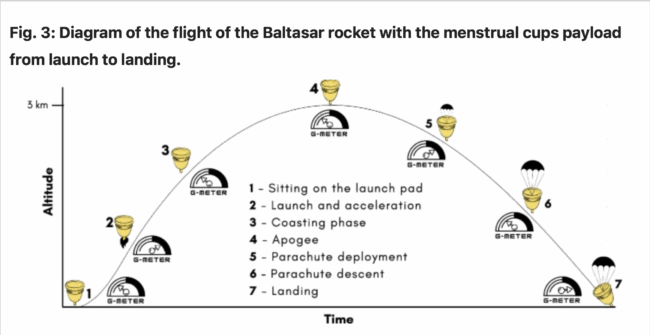Book Launch: An Evening with Sidharth Bhatia & Naresh Fernandes at the Unveiling of ‘Mumbai: A Million Islands’
… come together to unveil a book, expect plenty of great … discussions about Mumbai. The book in question is Sidharth… Udayan Mitra, Executive Publisher, HarperCollins India, the book is full of … that Sidharth explores in his book
The original seven islands, …










